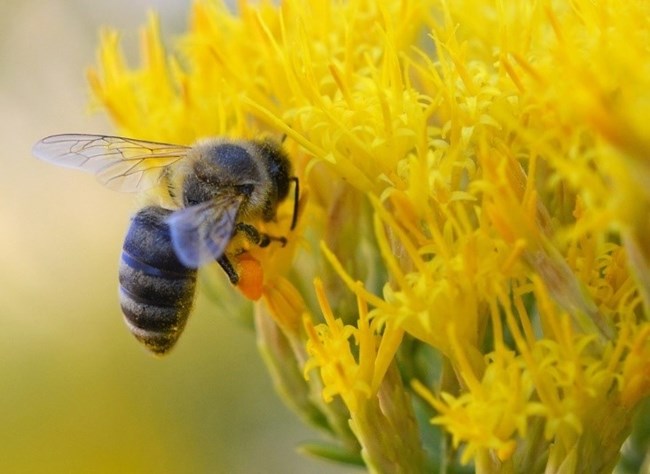Last updated: January 7, 2022
Article
Beeswax

One of most crucial beeswax uses on the Lewis and Clark Expedition was as a natural remedy for illness or injuries. Although Meriwether Lewis had a vast supply of medicine he had brought for the expedition, almost all of it was a natural remedy, including items like plant roots, peppermint, and even cinnamon. Along with those remedies, beeswax was also used for medicinal purposes. The Expedition’s journals detail and incident in which Sacajawea’s son, Jean Baptiste, had what seemed like an abscess around his neck. Originally, the wound was treated with an onion poultice, which is boiled onion put into a cloth and placed on a wound. Onion was and is still seen today as having antibacterial and inflammatory properties. What William Clark would later use to help the swelling of Jean Baptistes neck was a mixture of pine sap, bear grease, and beeswax, which would be the key to the child’s recovery:
I applied a plaster of Sarve made of the Rozen of the long leafed pine, Beas wax and Beare oil mixed, which has Subsided the inflomation entirely, the part is Considerably Swelled and hard—.
William Clark, June 5th, 1806
Learn more about how the Expedition used beeswax and other medicinal treatments by reading the articles below!
Making Candles | Discovering Lewis & Clark ® (lewis-clark.org)
The Iron-framed Boat | Discovering Lewis & Clark ® (lewis-clark.org)
June 3, 1806 | Discovering Lewis & Clark ® (lewis-clark.org)
Chemical Drugs |Discovering Lewis & Clark ® (lewis-clark.org)
Medicine on the Trail | Discovering Lewis & Clark ® (lewis-clark.org)
